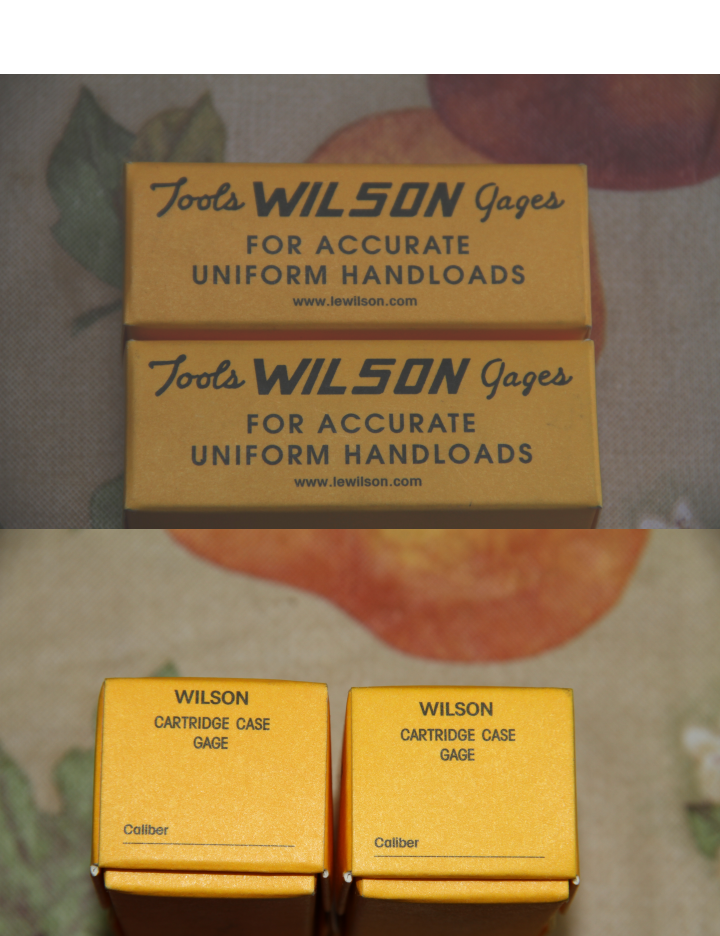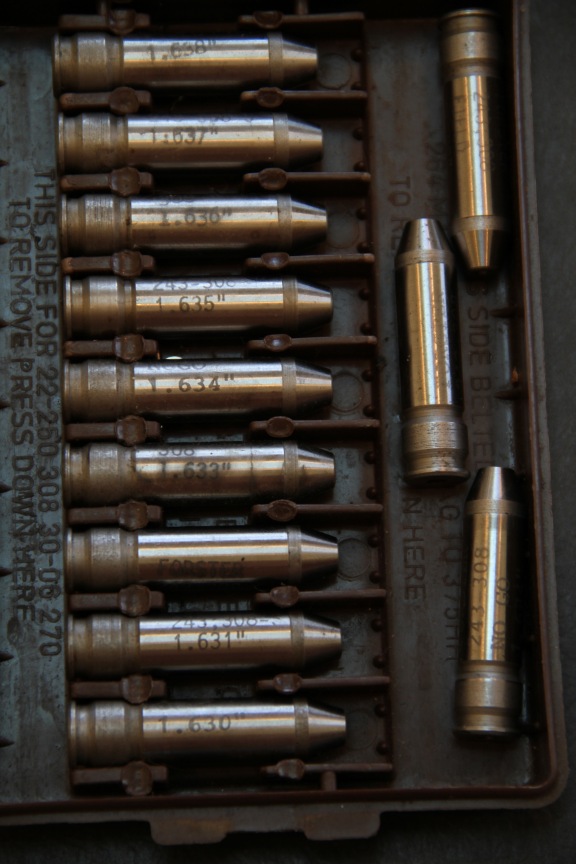Shadow9mm:
"The OP posted in reloading, not gunsmithing, and stated that he was using it in lieu of the gun chamber plunk test in the original post..... Context has an effect on terminology".
Yes, and while reading through the entire post one can come away pretty much knowing what the thread starter is asking. My only point is it helps to use the correct terminology. Yes it is in reloading and not gunsmithing but that changes little as to using correct terminology and naming conventions. So because it is in reloading we should assume a "Chamber Checker" relates to really being a cartridge gauge? I would think the idea is also for people to learn correct terminology. This is why I suggested the SAAMI Glossary. All shooting enthusiast start somewhere.
Ron
"The OP posted in reloading, not gunsmithing, and stated that he was using it in lieu of the gun chamber plunk test in the original post..... Context has an effect on terminology".
Yes, and while reading through the entire post one can come away pretty much knowing what the thread starter is asking. My only point is it helps to use the correct terminology. Yes it is in reloading and not gunsmithing but that changes little as to using correct terminology and naming conventions. So because it is in reloading we should assume a "Chamber Checker" relates to really being a cartridge gauge? I would think the idea is also for people to learn correct terminology. This is why I suggested the SAAMI Glossary. All shooting enthusiast start somewhere.
Ron


